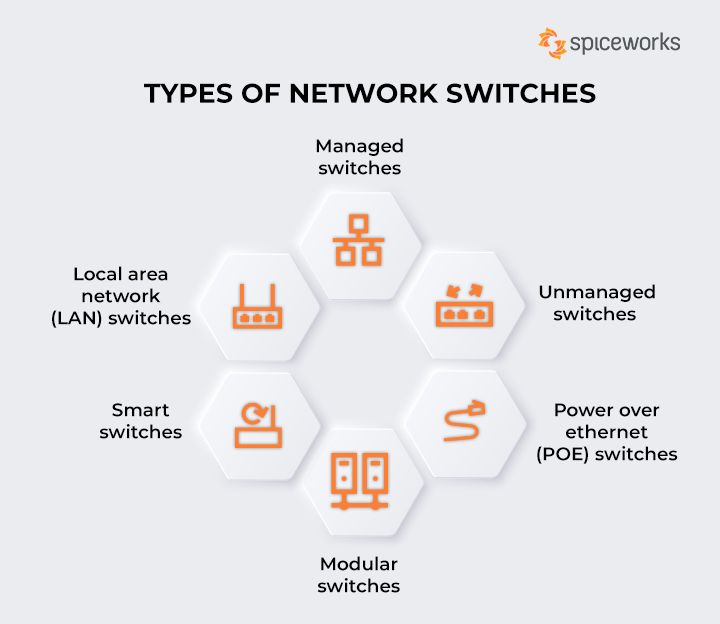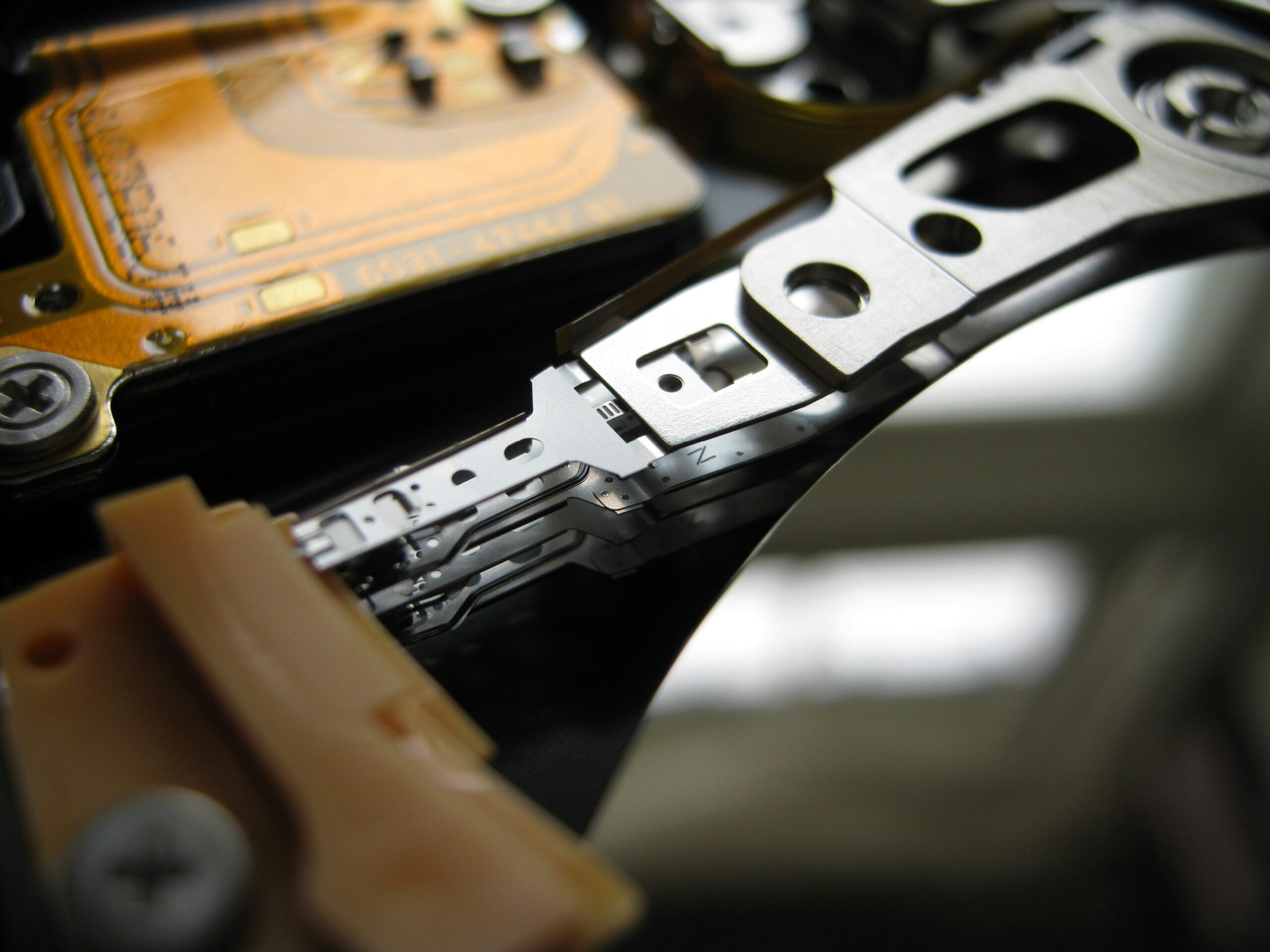Have you ever noticed how the demand for high-performance custom PCs has skyrocketed with the rise of gaming and digital content creation? It’s not just a hobby anymore; it’s a booming industry ripe with opportunities. This escalating interest provides an ideal launchpad for entrepreneurs ready to dive into the world of custom PC building.
Starting a custom PC building business may seem daunting, but with strategic planning, it becomes manageable. Historically, the market has seen a steady growth rate, driven by technological advancements and increasing consumer customization demands. According to recent reports, the custom PC market is projected to grow significantly over the next few years, suggesting there’s ample room for new entrants prepared to innovate and offer top-notch service.
- Research the market to understand demand and competition.
- Create a solid business plan, outlining your model and financials.
- Source high-quality components from reliable suppliers.
- Set up an efficient assembly process for building PCs.
- Implement strong marketing and sales strategies to attract customers.
- Offer after-sale services to build customer loyalty and drive growth.
Evaluating the Custom PC Market
Research the Current Demand for Custom PCs
The first step is to understand the current demand for custom PCs. This can be done by checking market reports and trends. Gaming and content creation are driving significant demand.
Look at online forums and tech communities to see what people are discussing. Surveys and interviews can also give you insights into customer preferences. Knowing who’s likely to buy helps tailor your offerings.
Tracking competitors can provide useful information. See what types of PCs they’re selling and how their business models work. This will help you position yourself better in the market.
Understand Emerging Trends in PC Building
Emerging trends in PC building can give your business an edge. For example, RGB lighting and water-cooling systems are currently popular. Stay updated with the latest hardware releases from major tech companies.
Sustainability is becoming important. Consumers are looking for eco-friendly options. Incorporate sustainable practices in your business model.
Keep an eye on software requirements as well. Custom PC builders need to match the latest software demands to ensure compatibility and performance. This makes your offerings more appealing.
Identify Your Potential Customer Base
Identifying your potential customers is crucial. Differentiate between gaming enthusiasts, professionals, and casual users. Each group has unique needs and budgets.
Gaming enthusiasts often seek high-performance components. Professionals may need workstations for tasks like video editing or 3D modeling. Casual users look for balanced specs at a lower price.
Create personas to represent these different customer types. This will help in designing marketing strategies and product lines that cater to each group. Using targeted marketing, such as social media ads, can effectively reach your audience.
Establishing Your Business Plan
Creating a solid business plan is crucial for your custom PC building business. It serves as a roadmap, guiding your operations and growth. This plan should cover financial, marketing, and operational strategies.
Define Your Business Model
Decide whether you want to operate online, have a physical store, or both. Online businesses offer lower overhead costs. A physical store, however, can provide hands-on customer service.
Think about your target market. Are you focusing on gamers, businesses, or general consumers? Each segment will influence your business model differently.
You should also decide on related services like repairs and upgrades. Offering additional services can help create a steady revenue stream. It also keeps customers coming back.
Plan Financial Aspects and Pricing Strategy
Financial planning involves estimating startup costs, expected expenses, and revenue. List all your initial and ongoing costs. This could include rent, utilities, and inventory.
Create a pricing strategy that includes competitive pricing and profit margins. You can use a cost-plus approach or market-based pricing. Ensure your prices cover costs while attracting customers.
Consider seeking funding from investors or loans from financial institutions. Having a strong financial plan makes it easier to secure funding. It’s crucial for sustaining and growing your business.
Outline Marketing and Sales Strategies
Your marketing strategy should highlight your unique selling points. Use social media ads and search engine optimization (SEO) to attract customers. Content marketing like blogs and videos can also increase your visibility.
Think about partnerships and sponsorships to expand your reach. Collaborate with tech influencers and gaming communities. This can generate buzz around your business.
Sales strategies should focus on both online and offline tactics. Discounts, bundles, and loyalty programs can encourage repeat purchases. Customer reviews and testimonials can build trust and attract new customers.
Sourcing Components for Custom PC Building
Finding the right components is essential for building custom PCs. Start by identifying reliable suppliers who offer high-quality parts. Look for reviews and ratings to ensure their credibility.
Learning about the latest PC hardware is crucial. Keep up with new releases from major brands like Intel and AMD. This will help you offer the most up-to-date systems to your customers.
Building relationships with manufacturers can get you better deals. Direct partnerships often mean lower costs. It also ensures a steady supply of parts.
Consider bulk purchasing to save money. Buying in bulk reduces cost per unit. It’s a smart strategy for growing businesses to manage expenses efficiently.
Building Your Custom PCs
Constructing custom PCs requires attention to both hardware and software. Ensure all components are compatible and high-quality. This prevents issues during assembly and use.
Begin by assembling the motherboard, CPU, and memory. These are the core elements of any PC. Follow manufacturer guidelines carefully to avoid mistakes.
Next, install storage devices like SSDs or HDDs. Opt for SSDs if you need faster performance. Secure them properly in their slots.
Cooling systems are crucial to avoid overheating. Consider liquid cooling solutions for high-performance setups. Ensure that the cooling system is correctly installed.
Once assembled, install the operating system. Choose a reliable OS that matches user needs. Windows and Linux are popular options.
Finally, perform quality control tests. Run software to check for hardware issues. This ensures your custom PC is fully functional before delivery.
After-Sale Service and Growth
Providing excellent after-sale service is key to retaining customers. Offer technical support and maintenance services to address any issues. This builds trust and encourages repeat business.
Consider offering extended warranties. Extended warranties give customers peace of mind. They also show your commitment to product quality.
Customer feedback is crucial for improvement. Regularly survey your customers to understand their needs better. Use this information to enhance your offerings and service quality.
Expanding your product line can drive growth. Introduce new components and services based on market demand. This keeps your business relevant and attractive.
Invest in continuous education for your team. Stay updated with the latest technology to offer cutting-edge solutions. Training and development programs can be valuable assets.
Implement a loyalty program. Reward customers for their repeat purchases and referrals. This encourages customer retention and growth.
Frequently Asked Questions
Starting a custom PC building business raises many questions. Below are some of the most common queries answered to help you on your journey.
1. What initial costs should I expect when starting a custom PC building business?
You can expect initial costs including purchasing components, assembling tools, and setting up a workspace. Budget for marketing expenses as well. This helps in attracting early customers and establishing your brand.
Additionally, consider costs for obtaining necessary licenses and permits required to run the business legally. Working capital will be essential to cover any unexpected expenses during the early stages.
2. How do I find reliable suppliers for PC components?
Start by researching suppliers online and reading customer reviews. Websites like Alibaba offer vendor ratings to help you judge their reliability.
Building relationships with manufacturers directly can also cut down middlemen costs. Attend tech trade shows to meet potential suppliers and understand market dynamics better.
3. What skills are necessary for building custom PCs?
You need technical skills to assemble hardware correctly and configure software settings. A good understanding of different operating systems is beneficial too.
Customer service skills are crucial for handling inquiries and support calls effectively. Marketing know-how will assist in promoting your business effectively across various platforms.
4. How can I attract more customers to my custom PC building business?
Create an engaging online presence via social media and a professional website showcasing your builds. Offer promotions or discounts initially to attract attention.
Joining tech forums and gaming communities can also generate word-of-mouth referrals. Highlight unique selling points like quality assurance or after-sales service in your marketing campaigns.
5.What safety measures should be taken during PC assembly?
Avoid static discharge by wearing an antistatic wrist strap while handling components.Electrostatic discharge (ESD) mats help as well.Having proper ventilation is importantduring the assembly process to avoid overheating issues
Starting a custom PC building business offers immense opportunities in a growing market. With the right strategies, you can carve a niche and attract a loyal customer base. Focus on understanding market trends, sourcing quality components, and delivering excellent service.
Always stay updated with the latest technological advancements. This ensures that you remain competitive and can meet your customers’ evolving needs. A well-rounded business plan paired with dedication is your key to success.







Leave a Reply
You must be logged in to post a comment.